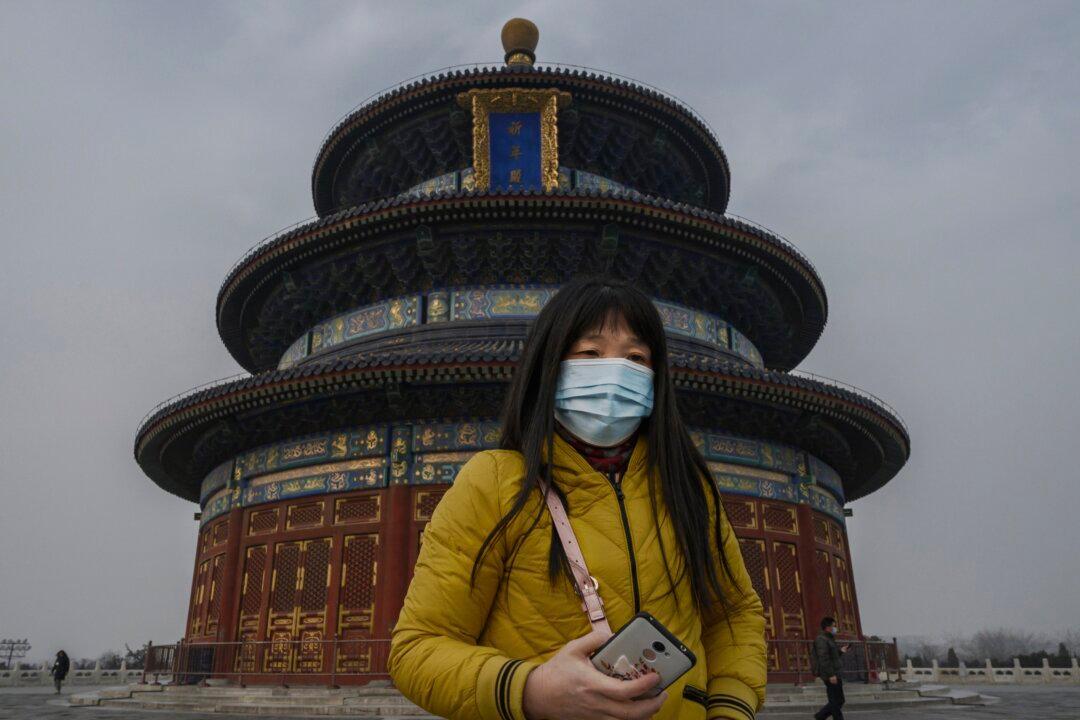News Analysis
As a deadly coronavirus outbreak ravages China, the communist regime’s omission of critical details about the virus’s spread have come to light.

As a deadly coronavirus outbreak ravages China, the communist regime’s omission of critical details about the virus’s spread have come to light.